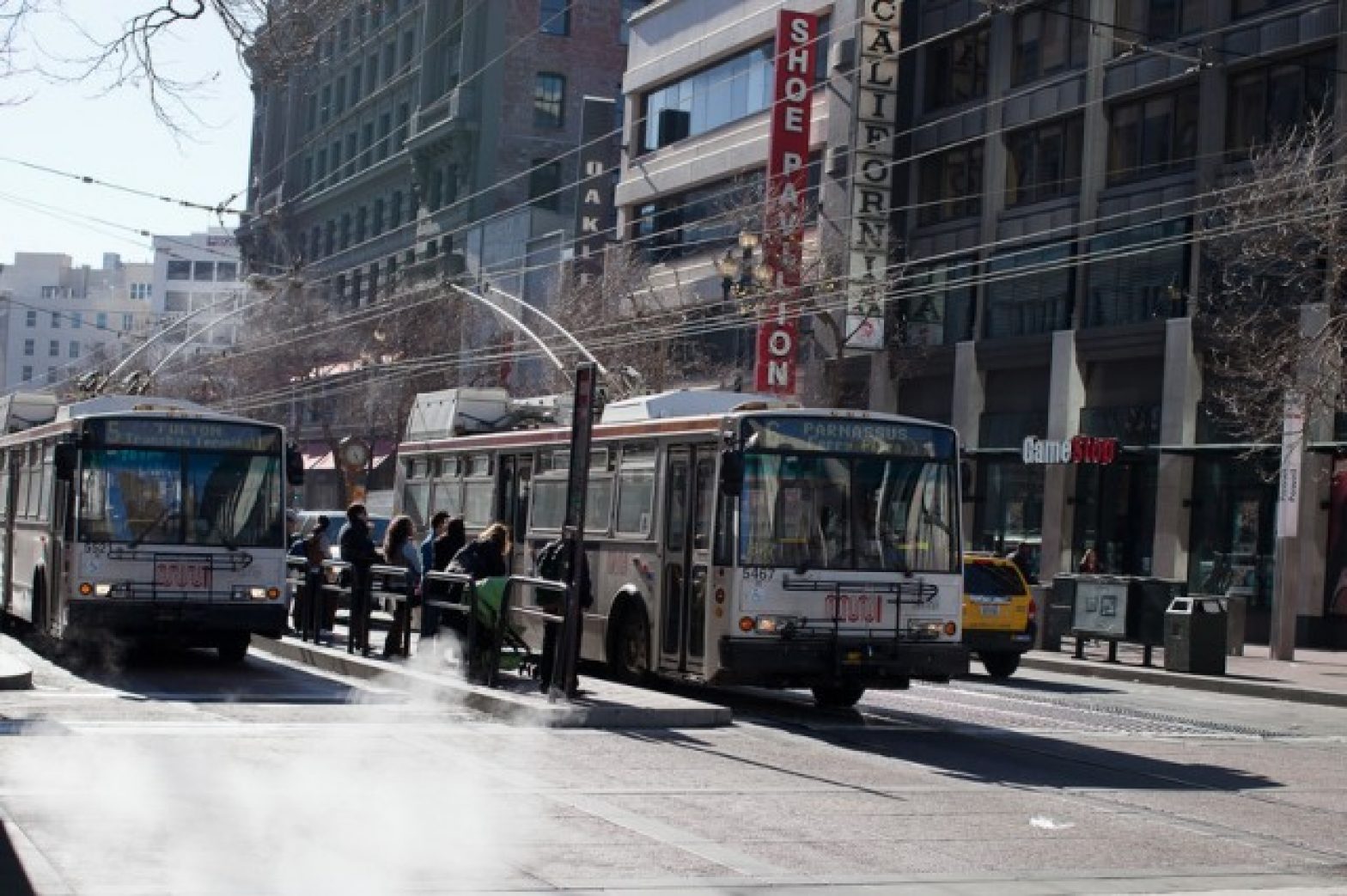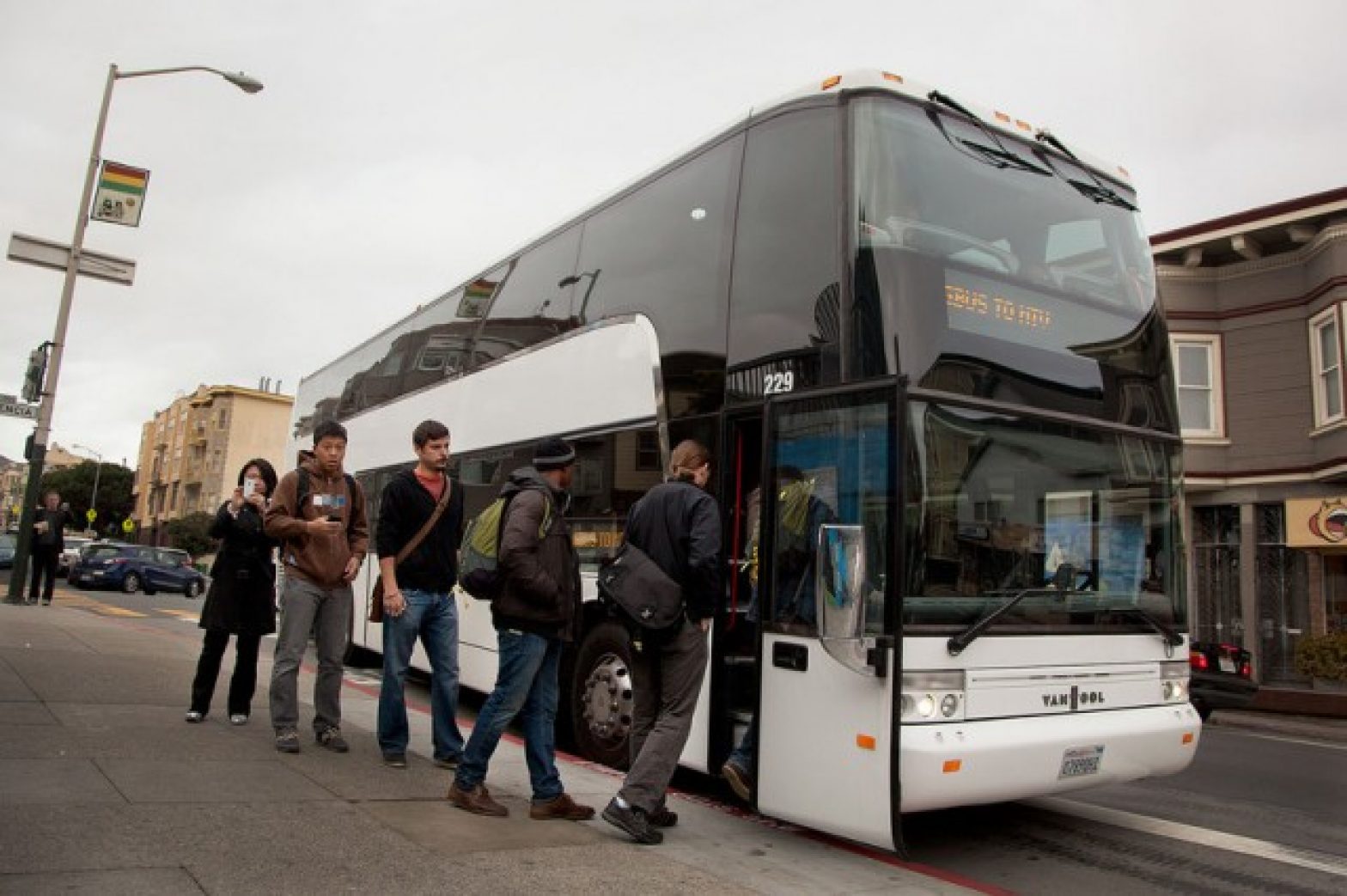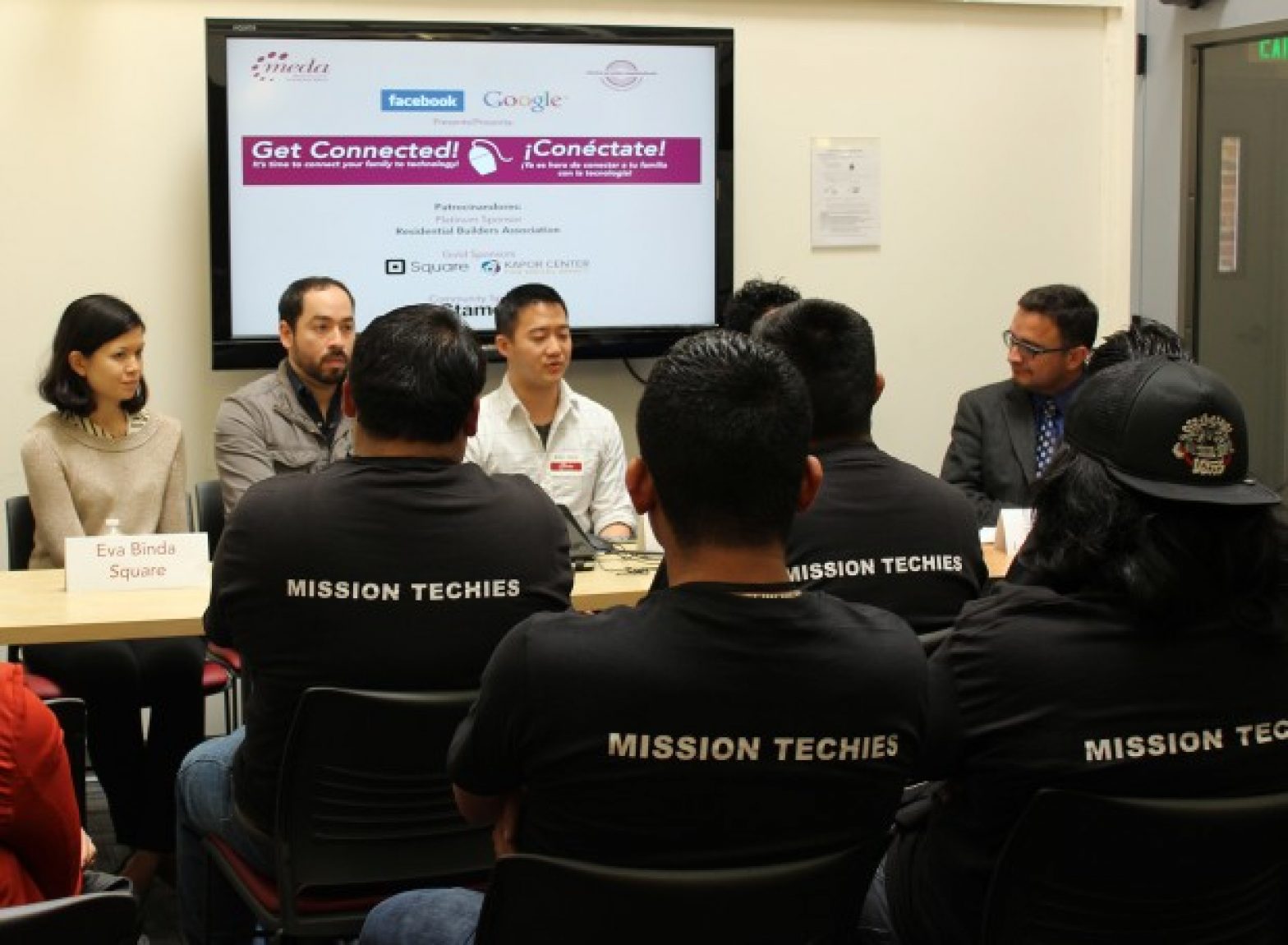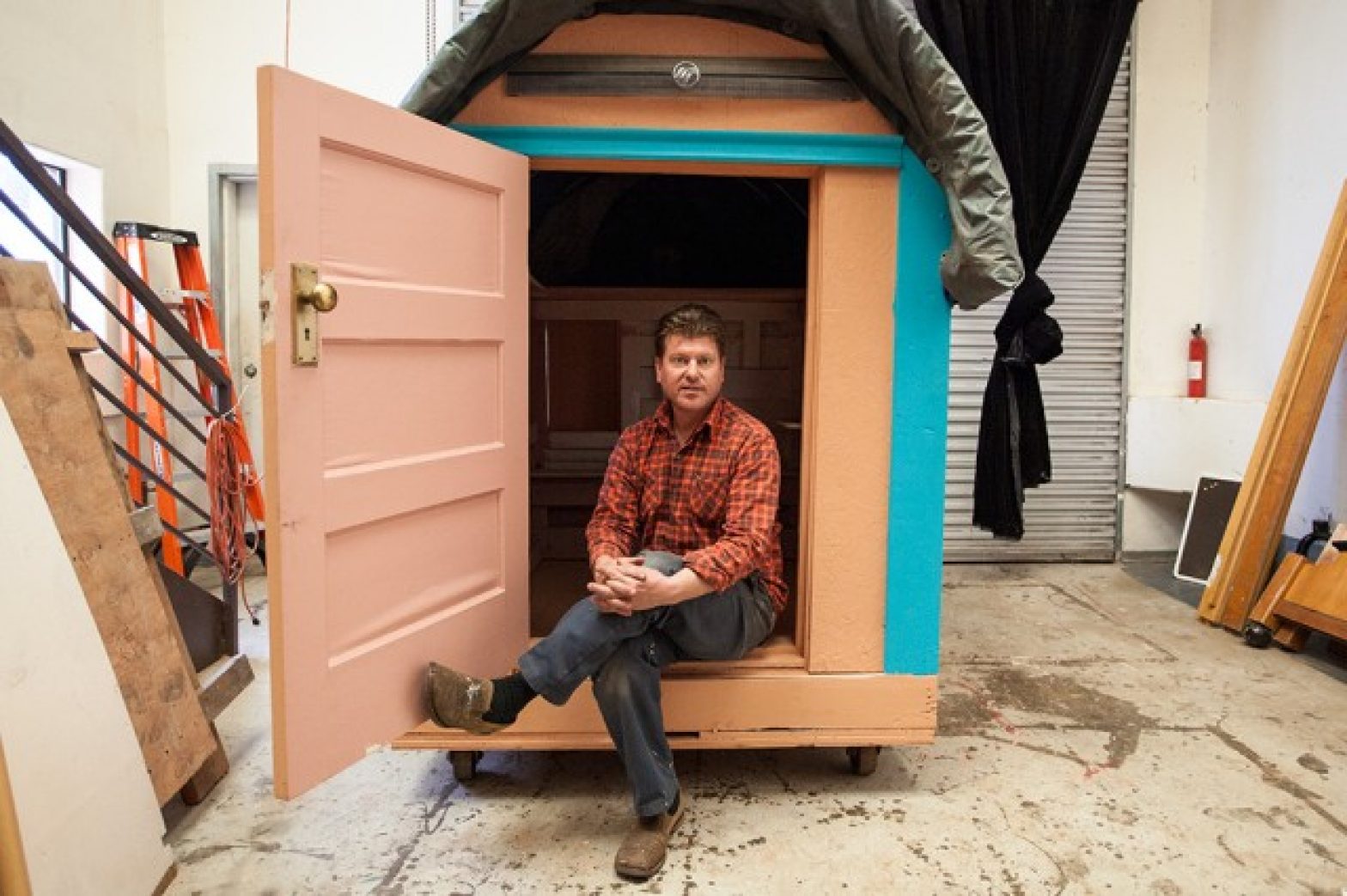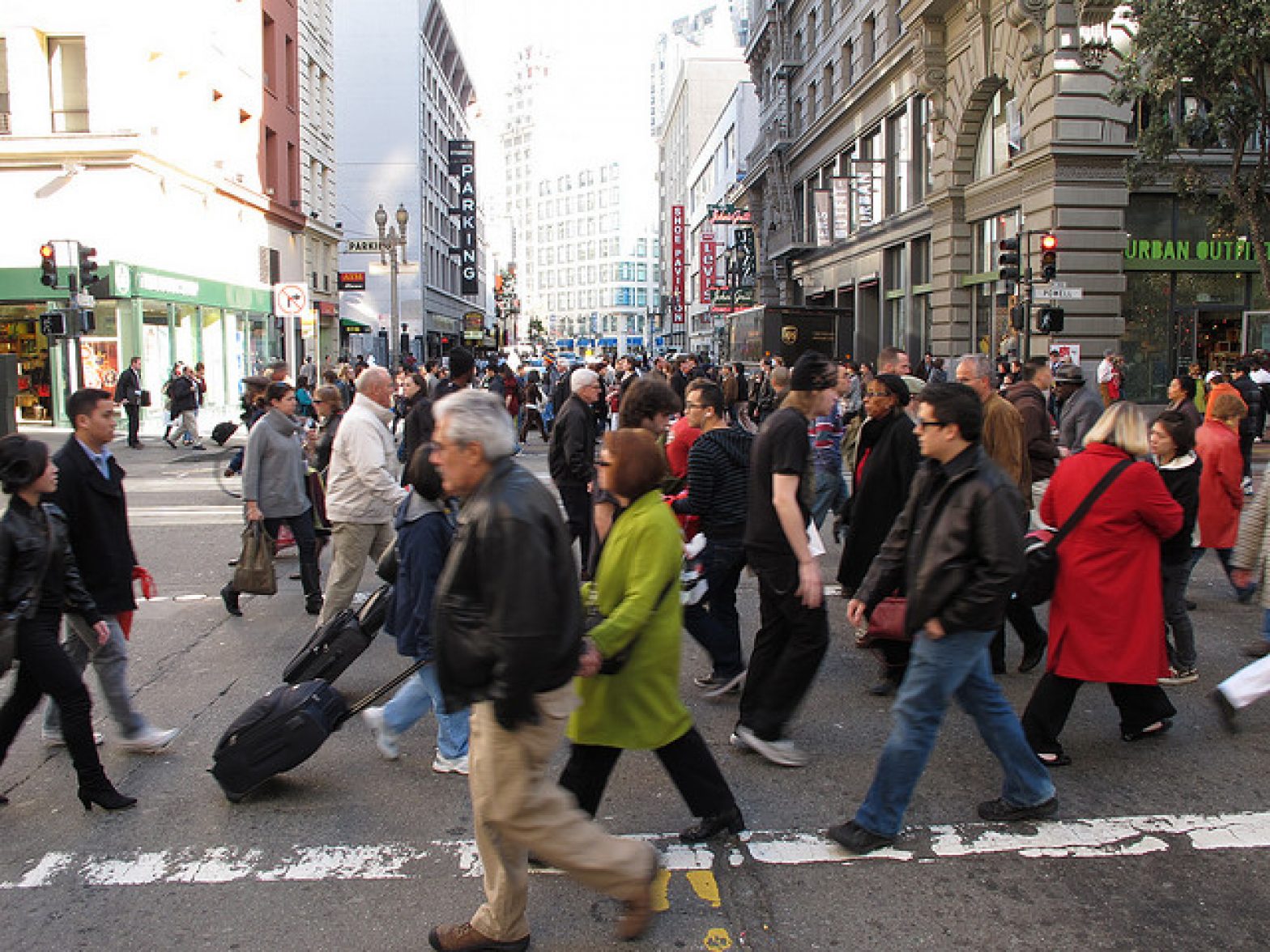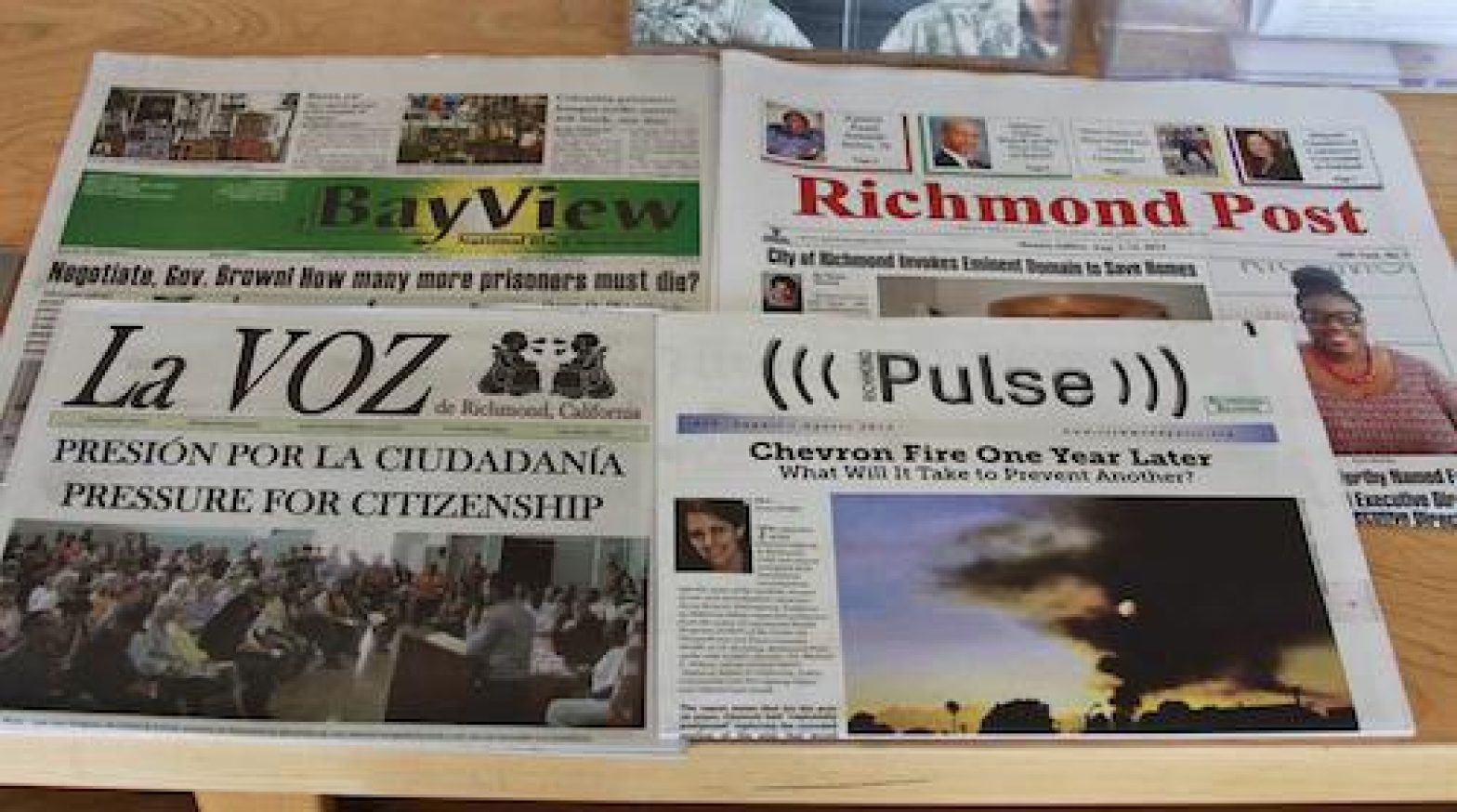News
Google to Fund San Francisco’s Free Muni for Youth Program
KQED News Staff and Wires, KQED News Fix
San Francisco Mayor Ed Lee and other city officials announced that Google is donating $6.8 million to fund the next two years of the city’s “Free Muni for Youth” program. According to the city, the gift is “one of the largest private contributions towards direct city services in San Francisco history.”
The program, which started as a 16-month pilot project March 1, 2013, currently allows more than 31,000 qualifying low- and moderate-income youth between 5 and 17 years old to ride San Francisco Municipal Railway buses and light-rail vehicles at no cost. Before the Google announcement, the San Francisco Municipal Transportation Agency’s board of directors had been considering whether to renew or possibly expand the program to include seniors and people with disabilities, as well as 18-year-old youths.
Read the complete story at KQED News Fix.
